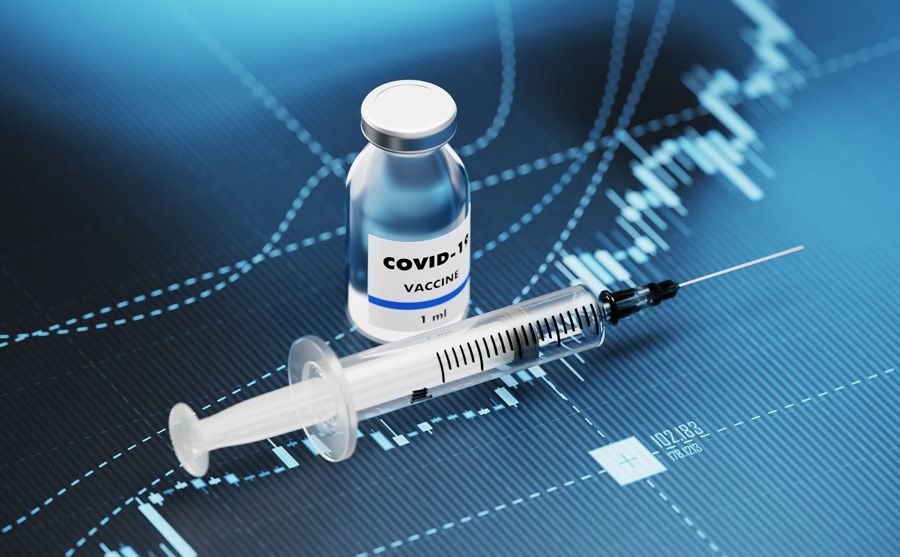HealthManagement, Volume 21 - Issue 1, 2021
For a project of such scale, how to ensure the truly global monitoring? Is creating a new specialised body justified?
For the global monitoring of adverse events, we see no reason why a new specialised body should be justified.
Vigibase, the global source of adverse events data shared by the member states of the WHO programme for International Drug Monitoring, operated by UMC, has that role and should continue to do so, hoping that the remaining countries will adhere. Current coverage is 142 member states and 29 associated members, representing more than 75% of the world’s countries and 90% of the total population which is hard to beat. Data in Vigibase are open to access for the members of the programme via the free of charge analytical tool, VigiLyze, tailored to the global data, but its major strengths include capacity to recalculate disproportionality based on any chosen country or region to compare and analyse the shared information. Vigibase does already contain adverse events data following immunisation to enable also global safety surveillance of vaccines from countries who have chosen to also share this information.
For the global monitoring of utilisation of COVID-19 vaccines, it can only be a concerted effort of agencies in jurisdictions, working with interoperable standards so that results can be brought together. In Europe, the European Centre for Disease Prevention and Control (ECDC) already coordinates antibiotic consumption surveillance. This could be extended to (COVID-19) vaccine monitoring. Some jurisdictions have national vaccination registries in place and we hope COVID-19 will provide incentive for others to do so too.
The implementation of the system would require much ‘background’ work, such as creating proper IT infrastructures, training and education, etc. Who should bear the cost of these? How to avoid this increase in costs being prohibitive for both states, vaccine recipients and companies?
There exist open-source solutions for national vaccine registries and supranational support to develop lean and mean national systems in those countries which do not have this yet, at reasonable prices. Organisations such as GAVI and COVAX, which strive for equitable distribution over countries, allow for some of their funds to be used for needed associated health systems strengthening (e.g. information systems for monitoring).
In addition, UMC provides a web-based system, VigiFlow for the management of individual case safety report (ICSR) on national pharmacovigilance and vaccine surveillance processes available to the members of the WHO programme. This service is based on global standards to ensure interoperability and can be linked to reporting apps and to web-forms allowing direct input from health professionals and patients. As discussed below, COVID-19 is an opportunity for all countries to make progress in solving longstanding issues.
What possible technical challenges should be anticipated? How could these be addressed?
Drug utilisation monitoring is based in many countries on reimbursement claims. COVID-19 vaccines are distributed ‘for free’ and may not turn up in these administrative databases. Maybe a symbolic 100% reimbursement fee could solve the problem
. In countries, which have systems in place to fight against medicinal product falsification, these systems may provide an additional outcome to better manage COVID-19 vaccines’ supply chain. Interchangeable information for identifying the vaccine is crucial to exchange information in-between systems, requiring the name (ID) of subject of care, date, name (ID) of vaccine, batch or lot, name (ID) of vaccinator, and location (setting) of vaccination.

In your article you mention that there will be no mandatory 2D barcoding of the vaccines supplied to low- and middle-income countries via UNICEF or GAVI for some time. What could be the consequences of this gap for the vaccination programme at the global level?
The consequence will be that we lose track of who is vaccinated with what in many countries, and that we will not have reliable internationally verifiable information of the vaccination status of countries. Tolerating distribution of vaccines without proper identification with barcodes is not acceptable, because these products require capacity to analyse mid- to long-term effect of the different vaccines, at macro- and micro-economy levels.
Now that the most sophisticated vaccines have been developed in record time, we should not be penny wise and pound foolish when it comes to distribution and monitoring. Pharma could take the lead in this, to avoid that the most modern vaccines get into the healthcare system in a truly archaic way.
Another point you highlight is that “provisions for non-digital alternatives to tracking COVID-19 vaccines will be needed.” Could you provide some examples/best practices? How can the results be efficiently incorporated into the global system?
Non-digital examples are never best practices. One has to recognise that manual capture of immunisation information is error prone; it may serve an individual need, but will not help the pragmatic, reliable retrieval of data on who received which vaccine, needed to conduct pharmaco-epidemiology studies efficiently. The U.S., the UK, the EU have written appointment cards with the date of the first vaccination and the expected date of the second vaccination (now contested). In Belgium at least, there is space to write (sic) the lot number (if that is available). See also our explanation of possible technical challenges.
Ideally, the whole path of a vaccine, from manufacturer down to individual patient, should be transparent. Here, blockchain technology is being deployed by some companies. What potential do you see here? What might be the obstacles?
For the supply chain from manufacturer through wholesaler to community pharmacist or immunisation centre, regulations in place (to fight against medicinal product falsification) should be used. These regulations require standardised product identification by using GS1 Datamatrix data carrier.
Blockchain is a technology which could be used in addition, to secure information about supply chain and immunisation. That technology requires at least the same identifications as for the fight against medicinal product falsification: name (ID) of subject of care, date, name (ID) of vaccine, name (ID) of vaccinator, and location (setting) of vaccination.
The first vaccines are already being dispatched around the world – are the suggested recommendations being implemented? How could these early ‘unmonitored’ stages of vaccination be accounted for at a later stage, when the proposed system is in place?
In the first phase, there is only one vaccine and distribution is highly centralised, prioritised and supervised. Even in this clear situation, chaotic distribution of vaccine batches and leftovers is possible. Distribution will become even more complex in the near future, when multiple vaccines come to market, with extra cold, cold channels and normal fridge channels allowing multiple methods of distribution. Remediating an unmonitored stage is very difficult. There is no guarantee that things will go better at later stages.
Assuming that some countries might not be very cooperative in ensuring the transparency of their vaccine manufacturing and administration, what are the possible ways to address such cases to ensure global safety?
Equity in delivering vaccines to LMICs and in Europe should go hand in hand with requirements of transparent monitoring. These countries are more vulnerable to falsified medicines and racketeer sales of vaccines. Bad management in several countries keeps the world vulnerable to new outbreaks of the pandemic and gives variants of viruses the freeway to develop. Presumably public acceptance of vaccines in such countries may be lower. Some countries receiving vaccines from less stringent approvals may be willing to conduct post-introduction pharmacovigilance studies.
How do you assess the prospects of the COVID-19 pandemic eventually leading to a global standardisation of vaccine supply?
There are several initiatives to strengthen the vaccine supply chain, led by organisations such as UNICEF, GAVI, USAID and WHO, which are based on international standards. This crisis is an opportunity to expand these initiatives to the global community, which is a very much-desired outcome. Never waste a good crisis. We have a few months to go into warp speed to expand these standards for distribution, supply and monitoring of utilisation for COVID-19 and then, hopefully, learning from this crisis, for all vaccines.
Is there anything else that you would like to add?
The first vaccine authorised in high-income countries have had very stringent and specific cold chain distribution characteristics. Their stringencies have kept various task forces in these countries all over the world very busy and doing their utmost best to initiate this gigantic operation with one vaccine, with specific distribution characteristics. The other vaccines in the pipeline will use more routine cold chain, or can even be distributed at room temperature, in smaller, prefilled packages.
This will make the distribution challenge easier. However, it also increases the importance of correct labelling and provision of practical identifiers, readable with scanners, on the secondary and primary packages. It will allow that the distribution with correct documentation can be scaled up globally, including in low- and middle-income countries, regardless the distribution channels, the vaccines and the jurisdictions.
Conflict of Interest.
CH is Sr Consultant for GS1 Global Office. No conflict of interest.
Other authors declare no conflict of interest.






